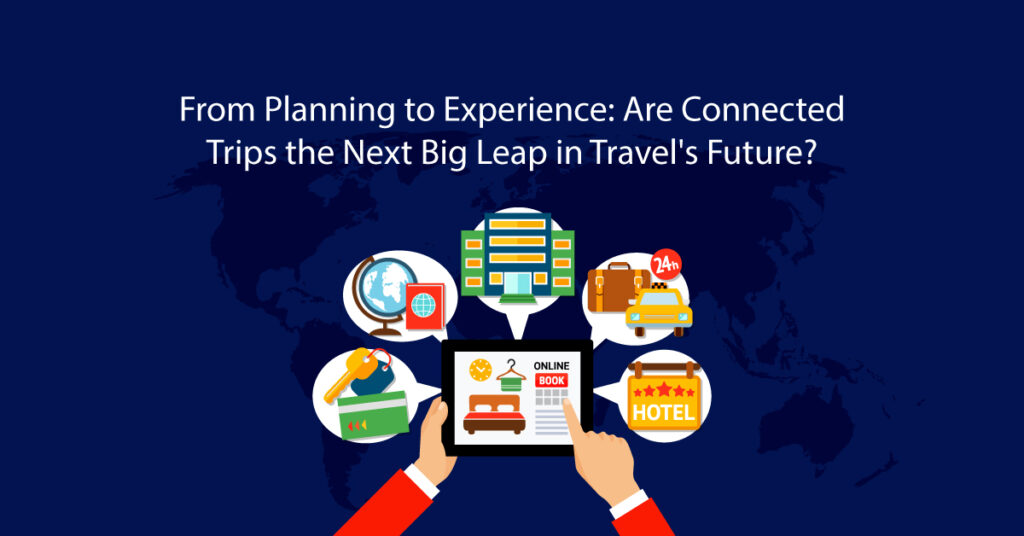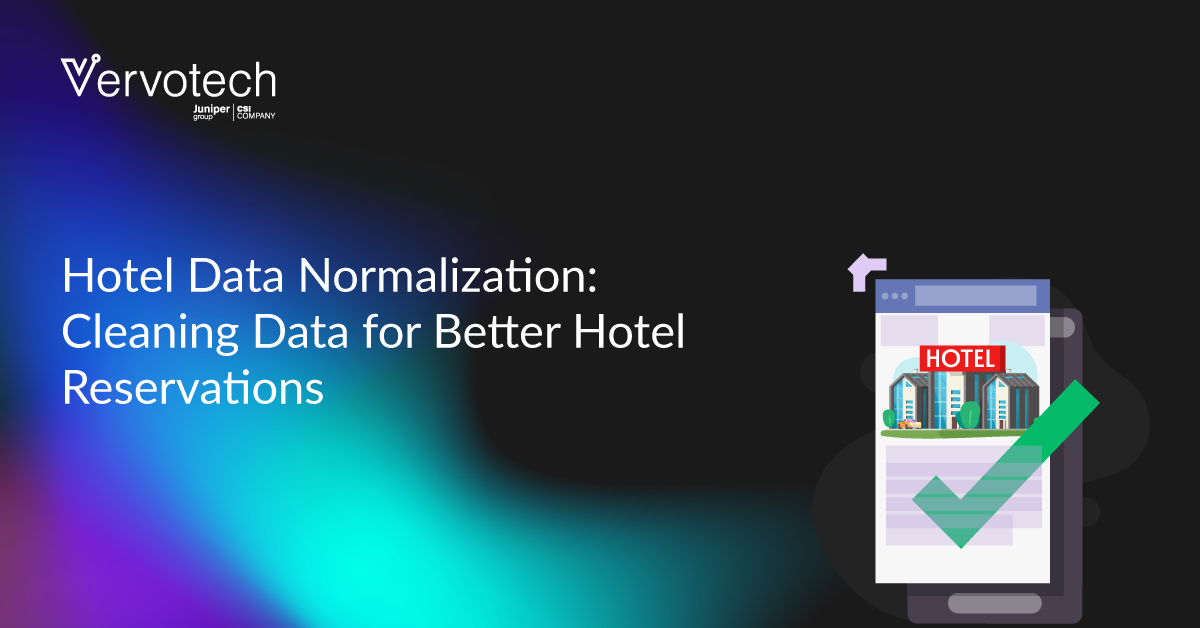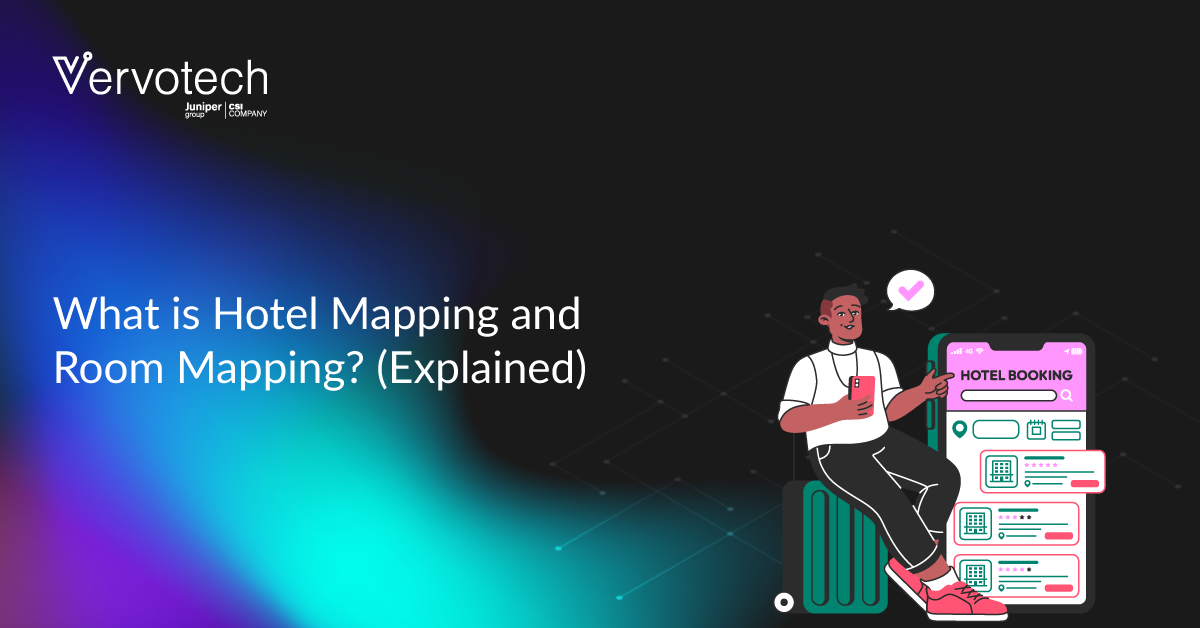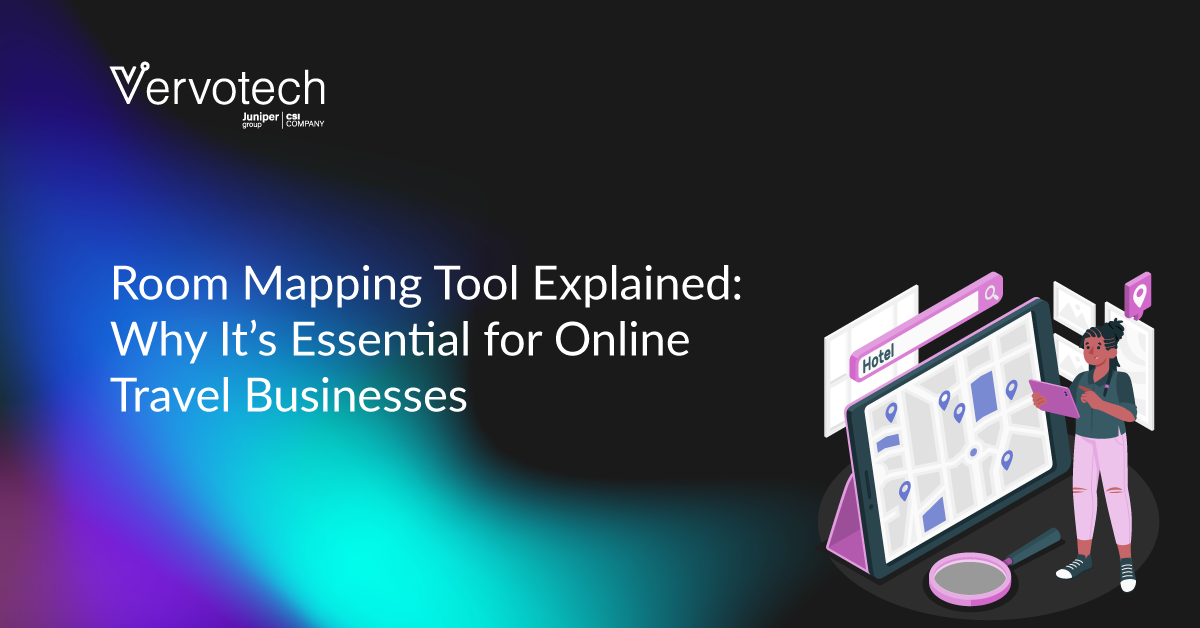The era of connected trips is here, and it’s changing how people plan and experience travel (for the better, of course!)
While the travel landscape has evolved, certain challenges still persist, especially in the trip-planning process. The fragmented approach to juggling flights, accommodation, car rentals, and overall logistics across multiple platforms reduces convenience, ease & flexibility.
In fact, it worsens when something goes wrong, or plans change. One problem impacts the rest of the trip, with travelers often having to deal with these issues on their own.
Think of a missed flight- you must change the pickup at the airport, you must change your restaurant reservation because you’re not going to land in time to make that dinner that you were planning to make.
This is probably why 85% of global travelers prefer a one-stop solution that allows them to plan their travel from start to finish that includes flights, hotels, car rentals, and local activities- all seamlessly connected in one place.
A survey by Sabre Corporation also highlighted that 68% of travel leaders observed an increase in consumer spending on comprehensive travel plans, indicating a growing demand for connected trips that offer seamless, end-to-end travel experiences.
But what exactly are connected trips, and why should your online travel business take notice? Let’s explore.
What is a Connected Trip?
A connected trip is nothing but an experience where all the aspects of travel, from the initial planning stage to the final return home, like flights, accommodations, transfers, dining, activities, and even last-minute changes- are integrated into a single system.
The following attributes summarize the concept of a connected trip:
- Centralized booking and management.
- Real-time updates and dynamic adjustments.
- Personalization using AI-driven recommendations.
- One platform to track every step of the journey.
How Connected Trips Simplify End-to-End Travel
The magic of connected trips lies in integrated technology and data sharing. Imagine a journey where every element communicates seamlessly:
- Pre-Trip: AI curates itineraries based on the traveler’s preferences and past trips.
- During the Trip: GPS-enabled notifications guide the traveler to their next destination or alert them to delays.
- Post-Trip: Data analytics offer insights for the next journey, creating a feedback loop of continual improvement.
Let’s go back to the scenario of a missed or delayed flight. With a connected trip experience, your car rental is automatically notified. Hungry after a long flight? The system suggests nearby restaurants based on your preferences, and a lot more.
Algorithms push other trip elements to customers booking a single element, allowing them to book personalized choices and import trip elements booked directly or on other platforms to have everything connected in one place.
Join us to explore the future of connected trips in an engaging panel discussion by travel industry leaders at our upcoming event- Travel Connections 2025.

Gauging the Enablers: The Role of AI and Data in Powering Connected Trips
Artificial intelligence and data are the backbone of connected trips. Here’s how:
AI-Driven Recommendations: Suggest hotels or activities based on past preferences.
Machine Learning: Anticipates disruptions (e.g., weather delays) and adjusts itineraries automatically.
Predictive Analytics: Helps businesses understand traveler behavior to create better offers.
An example of this is how Booking.com leverages smart, data-powered predictive technologies, like machine learning and AI, to enhance the traveler experience further.
With their AI Trip Planner, Booking.com plans to take the trip planning experience a step further by providing a visual list of destinations and properties. The planner uses existing machine learning and large language models (LLM) from OpenAI’s ChatGPT API to provide personalized travel suggestions and support every stage of the trip planning process.
Online travel businesses looking to invest in connected trips must learn from the collaboration between tech giants and startups driving rapid advancements in this space. Read on to learn more about them.
Key Players in the Connected Trip Ecosystem
Several companies and partnerships are at the forefront of the connected trip movement.
Booking.com: Booking.com partnered with Grab Taxi to allow their customers to request a taxi service directly through their mobile app.
With smart, data-powered predictive technologies, they offer services based on travelers’ preferences and past choices. For example, they identify a customer’s travel plans and offer other useful services for their trip, such as rental cars, dining reservations, tickets to attractions, and shuttle services. Ultimately, travelers booking their trips via Booking.com can look forward to a personalized, AI-enhanced and truly connected booking experience.
Expedia: Expedia Group has been offering personalized trip bundles for a while now through its vacation packages option, just without the personalization and high level of service such a concept demands. Packaging has been done in online travel for nearly two decades and the connected trip represents the culmination of this product type.
Google Travel: Google has been investing heavily in the travel space. They integrated AI for smarter travel planning. It scrapes travelers’ Gmail inboxes and places their reservations in one place (formerly the Google Trips app, and now inside Google Maps itself). You can book experiences and restaurant reservations inside the same app that holds your flight and hotel information.
The future of travel is connected. Are you ready to take the leap?
Connected trips are not just about technology; they’re about reimagining the travel experience. Travel businesses that embrace this model stand to differentiate themselves and build stronger customer relationships.
In competition against the giants, online travel businesses need to pull out the big guns- invest in seamless, integrated platforms, harness AI and data to personalize offerings & build partnerships that enhance the end-to-end journey.









